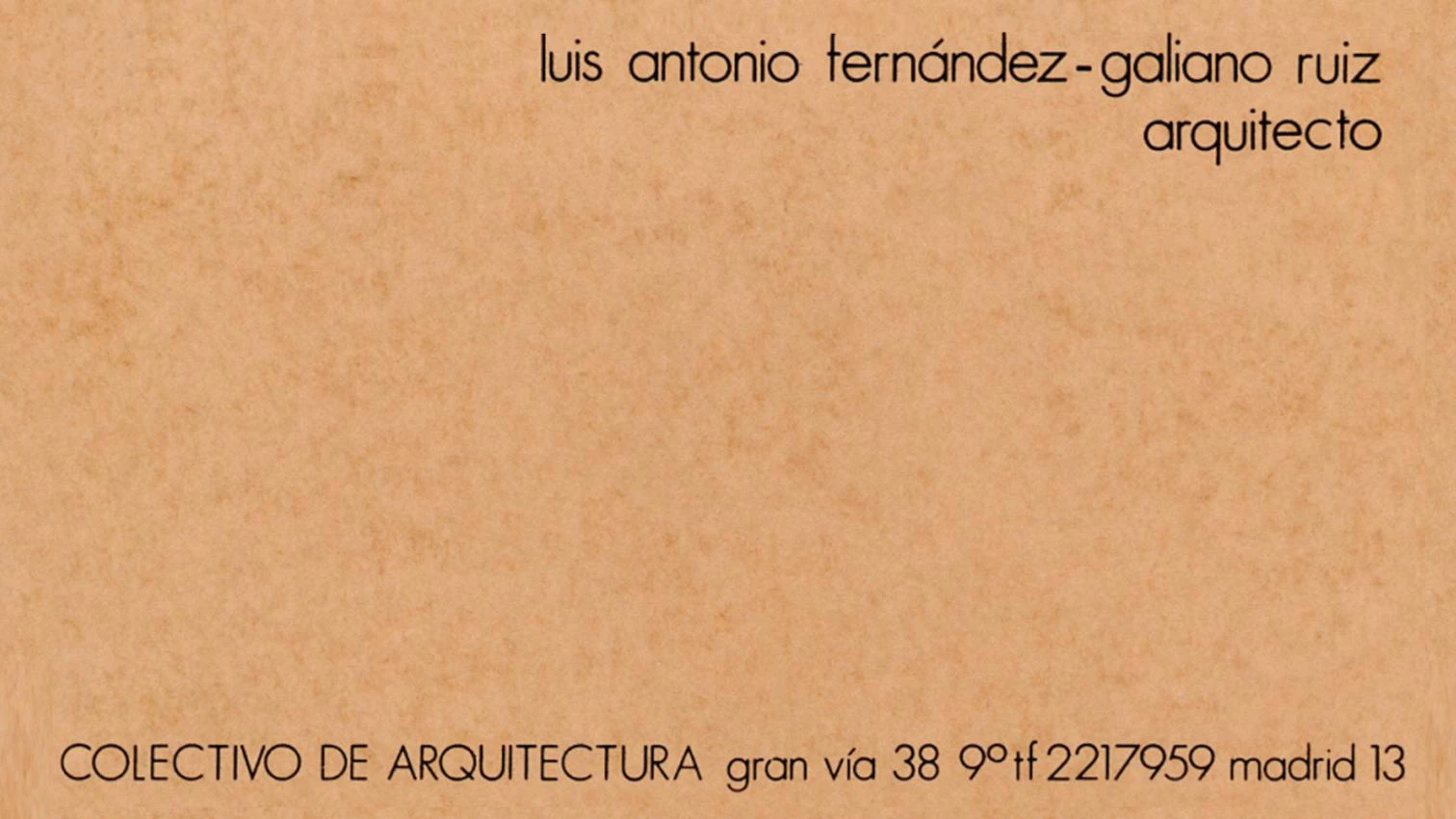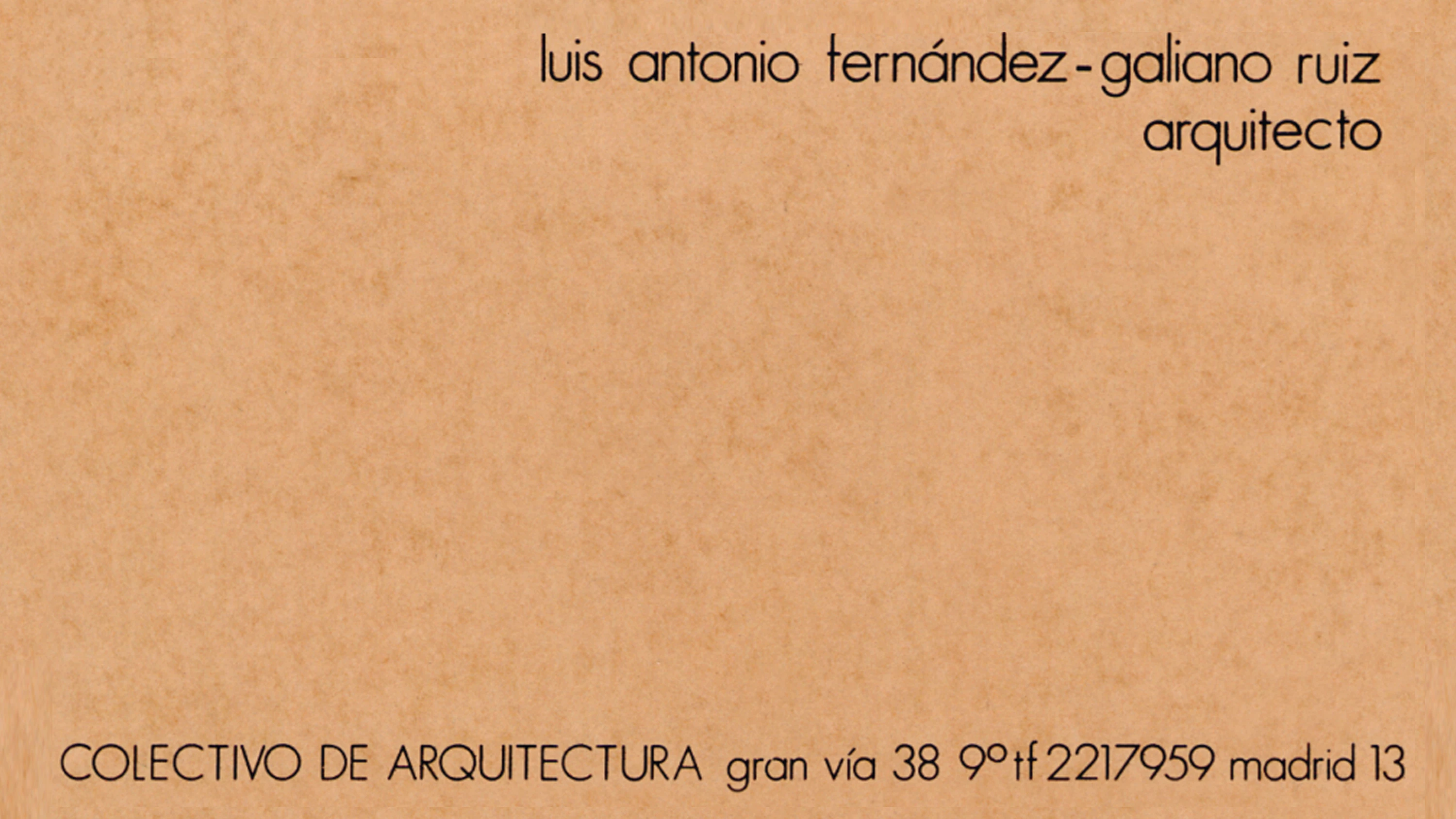
Forty years ago, a group of young architects set up a studio and named it ‘Colectivo de arquitectura’. In an office of 3 x 30 meters, located over a garage ramp and with just one window, we aligned tables made with door boards resting on steel tubes, and it was in this austere context that our professional life developed until circumstances allowed us to move to a crazy three-story attic in Madrid’s Gran Vía, with a dome facing the four cardinal points and a terrace with gazebo and fountains, which belonged to a marquess, and which later was used as a movie set. Disciplined in its attachment to modernity and oneiric in its radical politics, this ‘Colectivo de arquitectura’ built a solar house with a triangular section for a Fine Arts teacher who unwisely placed his trust on amateur architects, and designed in El Aaiún a hotel à la Candilis for dubious developers: the Sahara was still Spanish, Franco was alive, and computers were as large as cupboards. Back then we drew with set square, calculated with a slide rule and devoted much of our time to activism in radical left clandestine parties. Despite the political and technical changes, are collectives so different today? At that time we also worked twelve hours a day seven days a week, had a precarious professional situation, and made up for our lack of experience with enthusiasm.
In our case, the references were the revolutionary avant-gardes, and Tatlin’s creative collective a model opposed to ‘signature architecture’; later on we learned that the ‘design by committee’ of the Rockefeller Center could also be stimulating, but at the time did not consider looking for examples in the corporate consensus of capitalist modernity. Only the abstraction of Mies, whom we revered by influence of Alejandro de la Sota, spared the iconoclastic mood of a generation taught by Umberto Eco in the semiotics of comics, which delivered school projects reduced to a user’s manual, and so fixated on the third-world that some of us considered working for the Libyan regime of the then charismatic Colonel Gaddafi. After all, we went from the Dogon villages of Van Eyck and the architecture without architects of Rudofsky to Californian counterculture and libertarian ecologism, through a range of interests that included Ivan Illich and Philip Steadman, John Turner and Robert Goodman, Victor Papanek and Murray Bookchin, the Shelter of Lloyd Kahn and the Small is Beautiful of Schumacher, and even the classic On Growth and Form by D’Arcy Thompson, authors and works which I published in Spanish in the seventies. Were we so different then? And yet a life has gone by, and those routes must be travelled once again.






